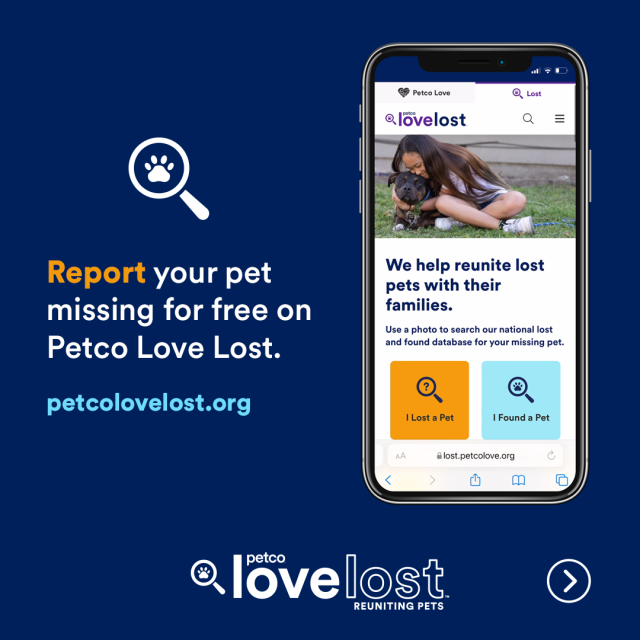Here’s Who to Contact to Increase Your Chances of Reuniting
Losing a dog is a distressing experience, but by taking immediate action and reaching out to the right contacts, you can increase the likelihood of being reunited with your furry friend. Remember to contact local animal shelters, veterinary clinics, and animal control agencies. Embrace the power of online platforms and social media to spread the word, and don’t forget to utilize innovative tools like the Petco Love Lost database. By combining these efforts, you’ll maximize your chances of finding your lost dog and bringing them home safely.
We created a checklist with 5 immediate actions in case your dog goes missing.
1. Local Animal Shelters and Rescue organizations: Immediately Contact your local animal shelters, rescue organizations, and animal control agencies. Provide them with a detailed description of your missing dog, including breed, size, color, and any identifying features. Visit the shelters personally and leave a flyer with them.
2. Veterinary Clinics: Reach out to nearby veterinary clinics and provide them with the same information about your lost dog. They may come across a stray dog matching your description or receive information from concerned individuals who bring in a found pet.
3. Petco Love Lost Database: Utilize the Petco Love Lost database, an innovative tool that employs facial recognition technology to match found pets with their owners. Register your lost dog in the database, providing photos and details. This database has partnered with thousands of animal organizations, making it a valuable resource in reuniting lost pets with their families.
4. Social Media: Harness the power of social media platforms to spread the word about your lost dog. Share a photo and a brief description of your pet on your personal accounts, local community groups, and neighborhood pages. Encourage others to share the post to reach a broader audience.
5. Neighborhood Flyers: Create eye-catching flyers with a clear photo of your dog, your contact information, and a brief description of your pet’s appearance. Post these flyers in high-traffic areas, community bulletin boards, local businesses, and nearby parks. Additionally, distribute them to neighbors, postal workers, and delivery personnel who may have encountered your dog.
Keep your head and hopes up!
If you need any assistance don’t hesitate to contact us at support@iswmp.org




